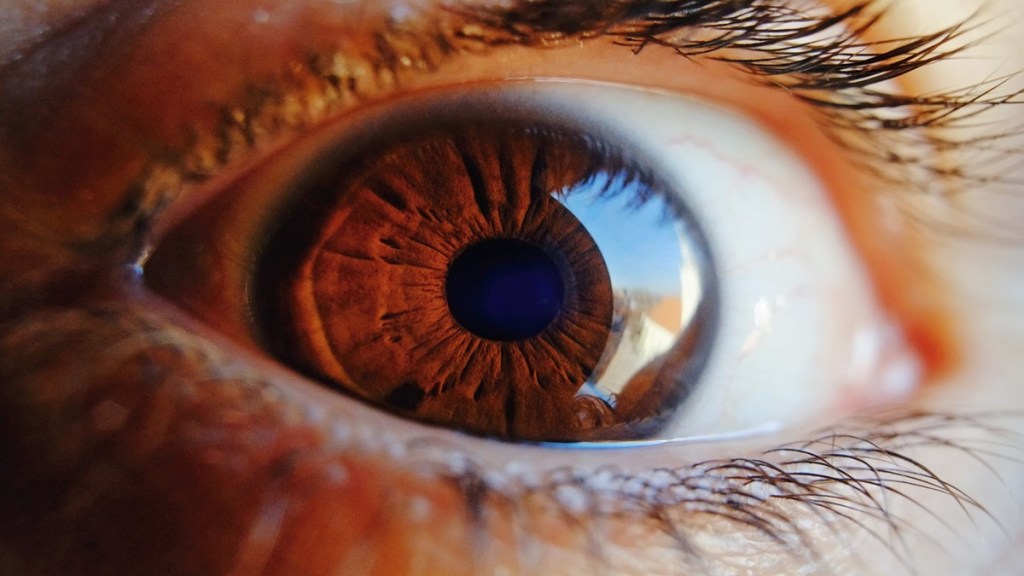Eye health is crucial for a child’s development, as vision plays a key role in learning and overall well-being. Regular eye check-ups, a balanced diet rich in vitamins, and limiting screen time can help protect their eyesight and ensure a bright future.
Most common conditions which we see in our OPD are refractive errors, conjunctivitis (pink eye), and squint (strabismus), revealed Dr. Lavanya A, Consultant Ophthalmologist, Dr Agarwals Eye Hospital, Bengaluru. Even though these disorders are prevalent, if treatment is not received, they may have long-term effects on a child’s vision and quality of life.
Know the early identification, treatment, and long-term vision issues you may face if not treated on time.
Errors in Refraction: Blurred vision is caused by refractive errors, which happen when the eye’s shape prevents light from focusing directly on the retina. These are the most frequent reasons why children become visually impaired.
The following are the primary categories of refractive errors:
- Myopia, or nearsightedness: It occurs when a child has trouble seeing far-off objects yet can see things up close.
- Astigmatism: Vision at all distances is blurred due to the cornea’s uneven shape
- Presbyopia: This eye issue is uncommon in youngsters but can happen as people age.
Treatment:
- Prescription Glasses: The initial treatment option for refractive problems is corrective lenses. Consistent use of prescription glasses is necessary to guarantee healthy visual development.
- Vision therapy: Exercises or other therapies may be suggested to help the kids with regractive problems.
Conjunctivitis, or pink eye
Pink eye, sometimes referred to as conjunctivitis, is an inflammation of the conjunctiva, the thin layer of tissue covering the inside of the eyelids and the white portion of the eye. The illness could be caused by numerous things, such as bacterial, viral, or allergic reactions. The most common cause of pink eye is viral conjunctivitis, which is linked to upper respiratory illnesses. It spreads quickly and is extremely contagious.
Treatment and Prevention:
- Hygiene: Regular handwashing is one of the best hygiene practices to promote because both bacterial and viral conjunctivitis are extremely infectious. To stop the spread, children who have conjunctivitis should be kept at home instead of going to daycare or school.
- Antibiotic Treatment: Antibiotic eye drops or ointments are usually suggested for bacterial conjunctivitis.
- Antihistamines: Antihistamines or allergy eye drops can help in reducing the symptoms of allergic conjunctivitis.
- Cold Compresses: In cases of viral or allergic conjunctivitis, a cold compress is suggested to reduce irritation.
Strabismus, or squint
The disorder known as strabismus, or squint, is caused by improper eye alignment. When the muscles in the eyes do not cooperate correctly, this eye issue happens. Due to this illness, the appearance of one eye turns in a different direction. We often see kids complaining about Double vision.
Treatment: Early treatment is crucial for squint because it cause amblyopia, or lazy eye, in which the brain begins to ignore information from the misaligned eye.
Chronic Allergic Conjunctivitis
It is very common in children, particularly boys, and is characterized by long-term inflammation of the conjunctiva due to allergens like pollen, dust mites, or pet dander. Common symptoms are redness, itching, tearing, and a gritty sensation in the eyes.
Treatment:
Eye Protection: Parents must encourage their kids to avoid rubbing their eyes, as this can worsen symptoms and lead to further irritation or even injury to the cornea.

